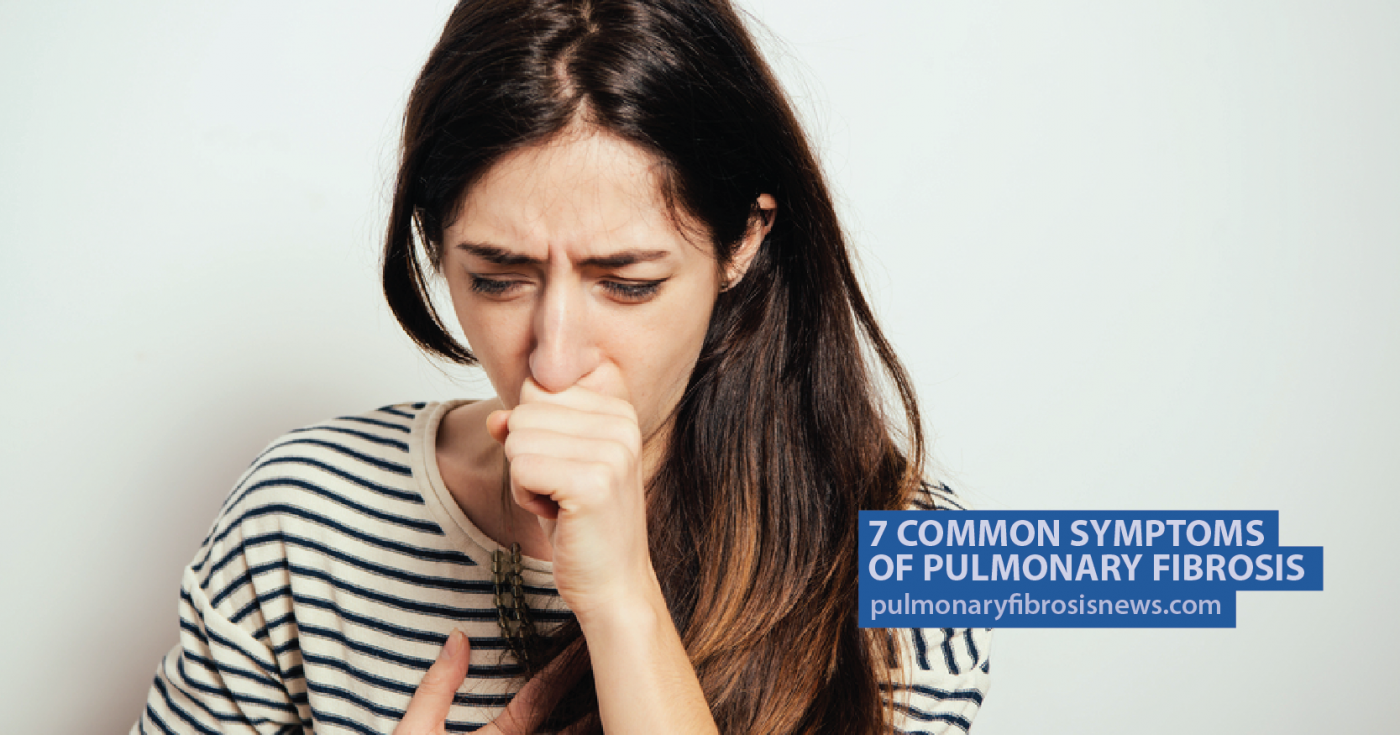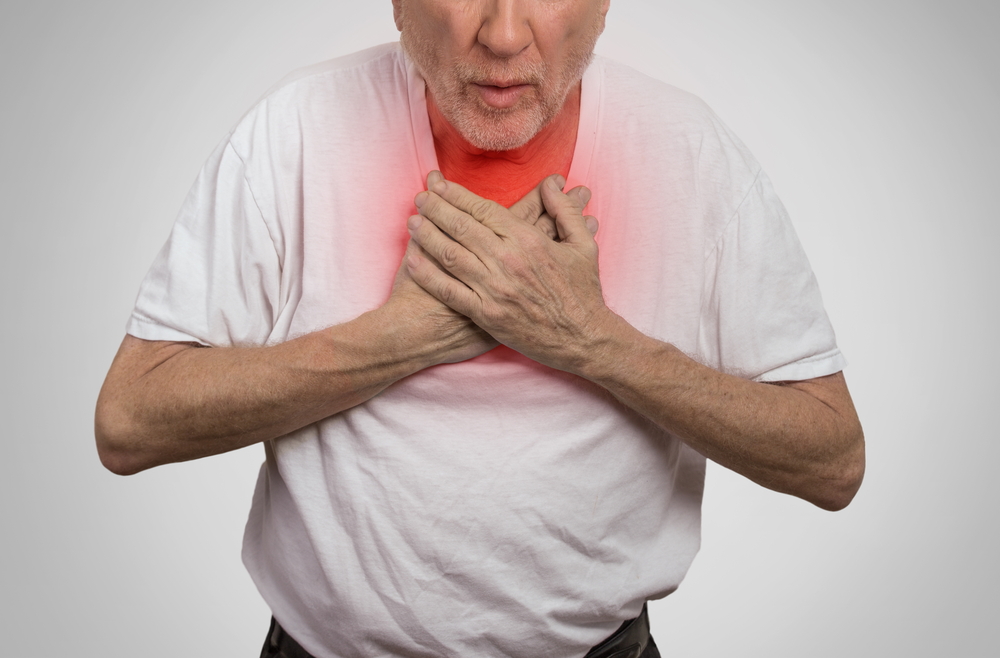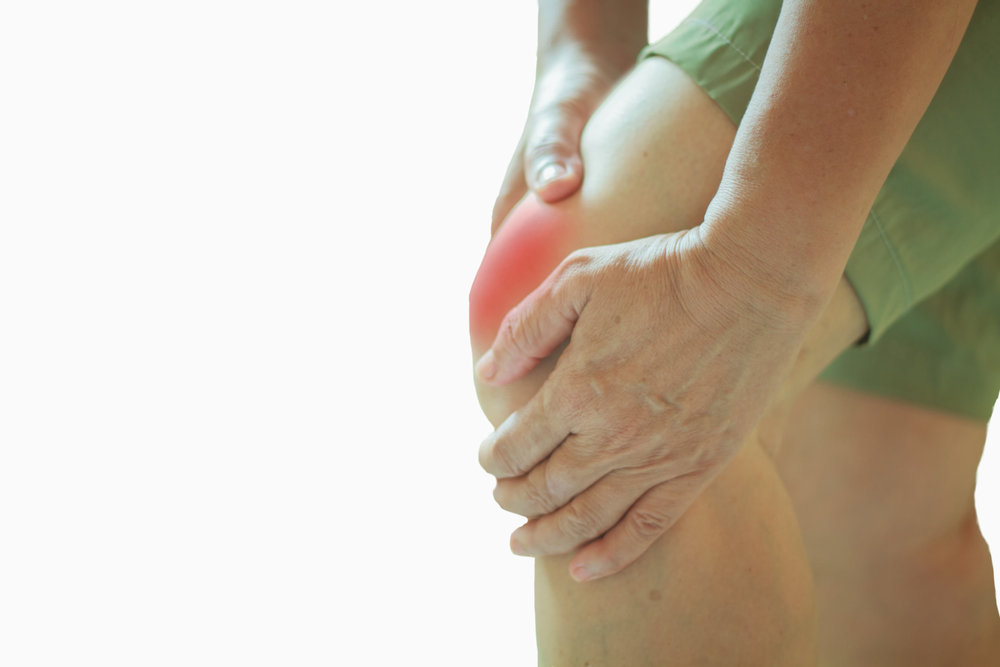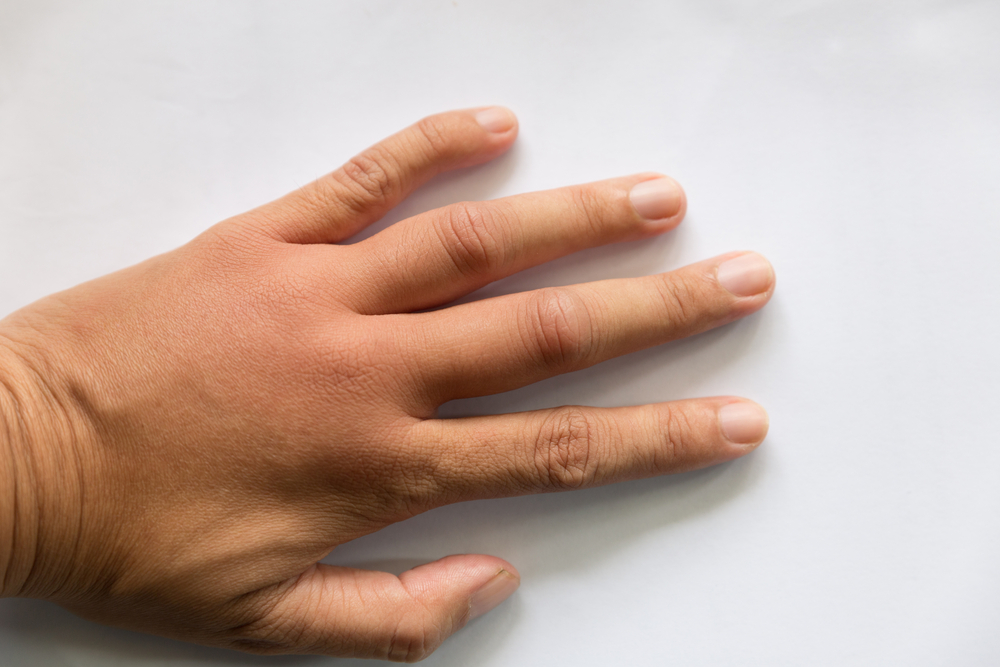7 Common Symptoms of Pulmonary Fibrosis
Written by |

Pulmonary fibrosis is a progressive chronic lung disease where the tissue in the lungs becomes thick and stiff, making it increasingly difficult to breathe and leading to a low level of oxygen in the blood. In the early stages of the disease, the symptoms can mimic many other illnesses which can make it difficult to diagnose, and often the symptoms are ignored until they become more severe.
Here are some of the most common symptoms associated with pulmonary fibrosis:

Shortness of Breath
Shortness of breath (dyspnea) is the most commonly associated symptom of pulmonary fibrosis. It begins with shortness of breath during physical exertion but as the disease progresses, patients will find they suffer shortness of breath even while resting.
Find out more about shortness of breath
Check out our PF News forums to learn more about common signs and symptoms of pulmonary fibrosis.

Coughing
A persistent cough is one of the most commonly reported symptoms of pulmonary fibrosis, but because coughing is associated with many different lung diseases, it is not automatically linked to PF. However, many other lung diseases have a cough which produces a lot of mucus, whereas PF patients experience a dry cough.

Fatigue
Fatigue is much more than just feeling tired and cannot usually be remedied by a good night’s sleep. Fatigue is a common symptom in many chronic illnesses and can be seriously debilitating and affect the quality of life for those living with pulmonary fibrosis.

Weight Loss
Weight loss in pulmonary fibrosis patients tends to occur as the disease progresses. A general lack of appetite and feelings of nausea are often to blame which may be caused by the medications used to treat the disease, rather than the disease itself. Depression, which is common for people living with pulmonary fibrosis, can also lead to weight loss.
Find out more about weight loss

Shallow Breathing
Shallow or fast breathing (tachypnea) is a common symptom of pulmonary fibrosis and as the disease progresses, low oxygen levels in the blood can lead to difficulty in breathing and cause patients to breathe rapidly. Typically, a healthy person will take between 12 and 20 breaths per minutes, whereas someone with pulmonary fibrosis will take more than 20 breaths in the same time frame.
Find out more about shallow breathing

Aching Joints and Muscles
As the body’s oxygen levels begin to decline, this causes pain in the joints and muscles as they aren’t getting enough oxygen-rich blood. In addition, rheumatoid arthritis patients can develop pulmonary fibrosis due to the spread of inflammation, which can make joints and muscles hurt even more.
Find out more about aching joints and muscles

Digital Clubbing
Digital clubbing, or clubbing of the fingers or toes, occurs due to a lack of oxygen in the blood. It tends to appear in the latter stages of the disease so should be reported to a doctor as soon as possible. The tips of the fingers or toes become rounded and enlarged, resembling drumsticks.
Find out more about digital clubbing
Pulmonary Fibrosis News is strictly a news and information website about the disease. It does not provide medical advice, diagnosis or treatment. This content is not intended to be a substitute for professional medical advice, diagnosis, or treatment. Always seek the advice of your physician or another qualified health provider with any questions you may have regarding a medical condition. Never disregard professional medical advice or delay in seeking it because of something you have read on this website.






